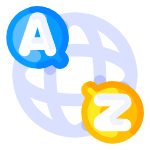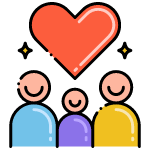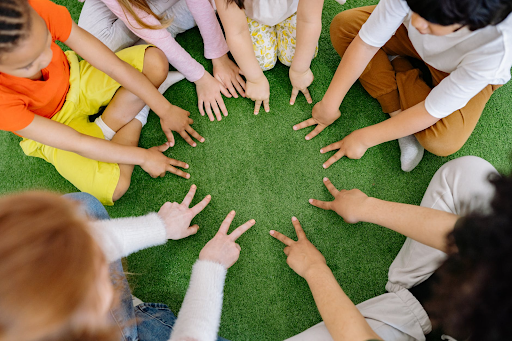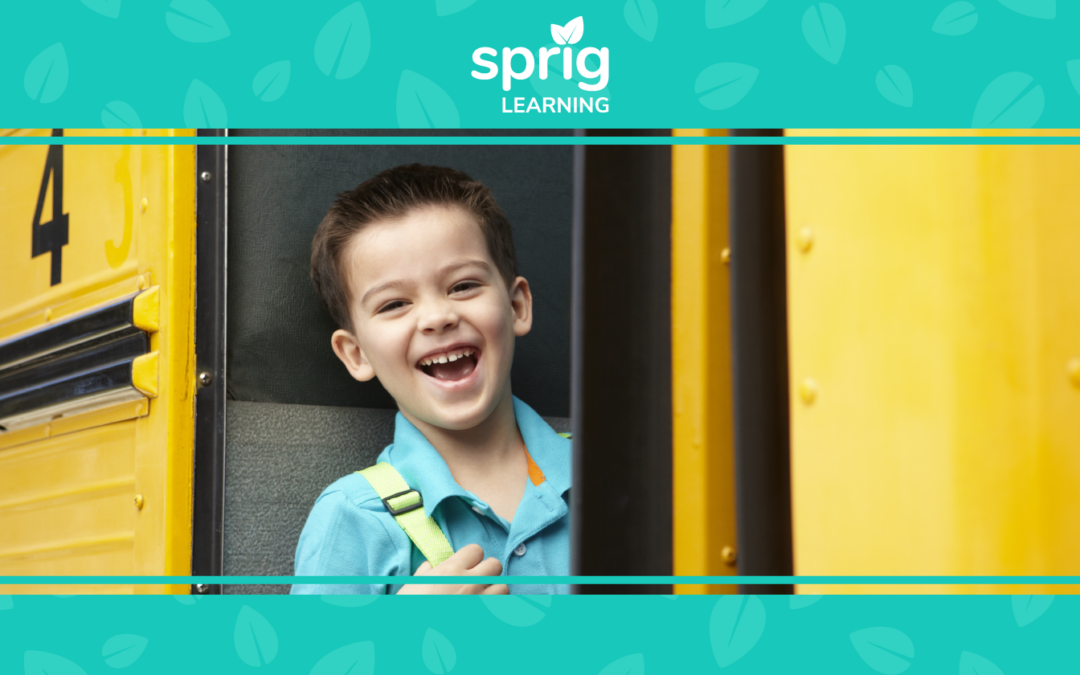Early childhood education (ECE) is critical to student success. ECE or early learning refers to education from birth to 8 years of age.
It’s why Sprig Learning creates holistic early literacy and numeracy programs for pre-K to 3.
Holistic learning focuses on the development of the whole child — mental, physical, emotional and spiritual.
The mental, or cognitive, aspect of learning development includes both literacy and numeracy, two of the fundamental recognized domains of early childhood development.
Sprig’s holistic learning approach emphasizes early literacy and numeracy, to establish a robust learning foundation which highly correlates to increased student outcomes, greater attendance rates, and ultimately graduation.
Besides focusing on the essentials of oral language and math, there are many other reasons why holistic learning strengthens early learning.
One of the major reasons is holistic learning’s connection to differentiated instruction, which enables educators to personalize learning for every early child. Sprig’s holistic assessments help educators identify the unique strengths, needs and learning interests of every child.
Here are 11 more reasons why holistic learning suits early learning so well.
Holistic Learning Does These 11 Things for Early Learning

Listed below are 11 qualities or characteristics of holistic learning that make it so conducive to foster growth and success in early learners.
Sprig Learning elaborates on each reason, being the forerunner in the field of early holistic learning in education.
Its program capabilities are cited to demonstrate how early learning is affected in each case.
1. Makes great academic gains by creating a school culture where students feel valued and where learning is experiential and engaging.

Like anyone else, early learners need connection. Young students who report a stronger sense of school belonging are more likely to hold higher education aspirations.
With Sprig, learning is a two-way dialogue. Learning activities in Sprig programs encourage students to experience the world and engage with their educators.
When assessing students, it’s done by way of an engaging conversation that does not feel like a chore, or even a test.
This comfortable learning environment helps early learners stay engaged in school.
2. Provides better learning opportunities for disadvantaged children to narrow the education opportunity gap.

The loss of learning during the pandemic was most pronounced among socioeconomically disadvantaged students and schools.
Sprig Learning’s programs are designed to reduce both explicit and implicit bias that exists in early learning. There are many ways this can be accomplished, but two prominent ones are by the use of technology during assessments to limit potential human bias, and by creating culturally responsive educational materials.
Every early learner, irrespective of their background and circumstance, can benefit from a unique learning path suited to maximize their learning potential.
3. Is designed for a full day of school.

Full-day school and preschool programs are associated with greater gains in cognitive and social-emotional development and school readiness.
Sprig Learning programs include preparation and collaboration time for teachers, learning blocks for literacy, math and other subjects, and end of the day dismissal.
They fit seamlessly into the teacher’s schedule, which allows teachers to spend high-quality instructional time with early learners.
4. Creates an authentic feedback loop with students, families and the community.

Due to the formative period of growth early learners go through, they require a high degree of collaboration from those around them, to ensure the right steps are taken in order for them to succeed.
It’s possible to increase participation in learning conversations in school by 40 percentage points and more, by reframing the relationship between teacher, student and parents as having shared accountability of student learning, regardless of their language background.
Sprig Learning programs allow educators to communicate with and receive feedback from the families and communities of students.
5. Facilitates learning recovery for returning students.

The concept of learning recovery has become prominent due to the pandemic.
Sprig programs were built to identify needs and address any learning loss that typically occurs during the summer.
To help remedy this, Sprig’s holistic assessments gather new insights about students that are often overlooked and which may have changed during periods when learning loss is likely to have occurred.
6. Addresses longstanding inequities in our education system.

Holistic learning is a game changer. But it is also inclusive. If not, it would be one more wedge between the haves and have nots, leading to a disparity in education quality.
Since the beginning, Sprig aims to provide high-quality and equitable learning that reaches all students, regardless of their background.
This includes minority students, students from low-income families, Indigenous students, students with learning and thinking differences, and students whose first language is not English.
7. Allows early learners to stay on track academically during difficult times.

Holistic learning is comprehensive in terms of what it measures. Educators and administrators are able to comb through relevant information to notice subtle warning signs.
Especially in early learning, it’s important to look beyond yearly report cards. Other factors have to be considered, such as participation from the student, parent involvement, etc. All of these things contribute to academic achievement.
Sprig Learning will always provide up-to-date reports on students that show if they are performing below level, at level or above level.
Teachers may adopt instruction and intervention strategies as necessary to help every young student improve.
8. Aligns instructional materials to standards in literacy, mathematics and social studies.

Holistic learning is an approach to education that focuses on both the instruction and the content.
Many communities across North America are revising their curricula to implement changes that are more reflective of the language, history and culture of communities.
Sprig Learning’s programs are, or can be, aligned to the local curriculum.
9. Uses curriculum to reflect the experiences and interests of marginalized communities.

Holistic learning is aligned to a broad spectrum of curricula not out of necessity, but because of its inclusive nature.
Sprig Learning’s programs affirm and develop students’ identities and empathy for others. They include a diverse set of authors and perspectives.
Young learners see themselves reflected in the textbooks, and are able to understand the rich and varied history of their communities.
10. Creates affirming, student-centered learning experiences.

Holistic learning puts the student at the center, where they are immersed into a learning experience.
Sprig Learning programs fuel creativity by building stories embedded with audio and visual components, supporting learning in the classroom, home and in the community.
They balance and enhance use of essential materials, activities and interactions to teach early learners.
11. Ensures parental involvement.

Parents are perhaps the biggest ally in early childhood education outside of the school setting. Holistic learning always incorporates the viewpoints of parents.
With Sprig Learning, parents are able to do teacher recommended activities with their children at home.
In non-affiliated Sprig schools, parents can still download the Sprig Home app and take an assessment to get recommended activities.
They can earn badges together to work on weekly goals, and fit learning activities into their daily schedule. It is fun to observe the child’s learning tree grow as more activities are completed.
Holistic Learning — An Approach to Early Learning.

It’s said that equity-focused school leaders consider alternative instructional approaches (such as culturally responsive teaching) to meet the learning needs of all students in the building, regardless of age or background.
Early learners are especially vulnerable as a lot hangs on their experience in the first few years of the school system.
High-quality early childhood education is more than an ideal, in fact National Association of Elementary School Principals (NAESP) call it an essential investment.
It calls for a strengthening of the connections between early childhood programs, school districts and elementary schools that creates a continuum of high-quality learning for children.
Holistic learning is one of the leading approaches that help school leaders to collaborate with childhood education providers, services providers, educators and families.
We hope these 11 reasons demonstrate how holistic learning provides the knowledge and capacity to serve early learners.
It allows for better pre-K to grade 3 alignment, and lets young students flourish in a system that is truly designed for them!
If you have any questions about the application of holistic learning, please let us know.

